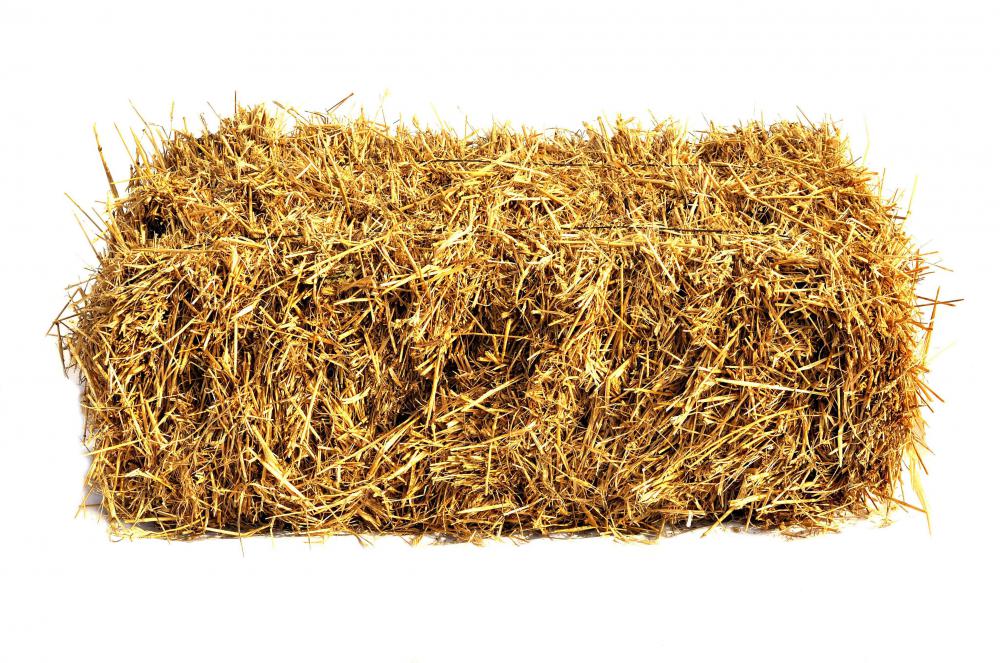At HomeQuestionsAnswered, we're committed to delivering accurate, trustworthy information. Our expert-authored content is rigorously fact-checked and sourced from credible authorities. Discover how we uphold the highest standards in providing you with reliable knowledge.
What is a Mold Inhibitor?
A mold inhibitor contains chemicals that keep mold from growing on a variety of building surfaces and food products. Mold-cleaning agents designed to remove mold growth contain inhibitors designed to keep mold from returning to the cleaned surface. Preventative inhibitors coat absorbent building materials and livestock feed to kill mold spores before they can colonize. Both types use similar chemicals and methods to retard mold growth, protecting people living in damp areas and keeping livestock feed from spoiling while stored in outdoor silos.
Mold prevention in building structures ensures the safety of people living or working within them. Toxic varieties of mold release spores into the air that cause respiratory problems and even worse issues in people with mold allergies. Absorbent building materials will absorb moisture. Treating these types of building materials with a mold inhibitor will stop mold spores from attaching and growing. This is applied to a material during the construction phase of a building and only requires one coat to provide protection for the material during the designed life of a building.

Removing established mold colonies from building surfaces requires a different type of mold inhibitor. Cleaners designed to remove mold contain chemicals that kill live mold colonies and keep mold from returning to the material after cleaning. The chemicals used in this type of mold inhibitor require the person applying the cleaner to wear a respirator to avoid becoming overwhelmed by the fumes given off by the cleaner and the spores given off by the mold as it dies from the cleaner. Another type of mold inhibitor does not contain toxic chemicals and is a stable to increase the yield of feed given to grazing livestock.

Corn, wheat and hay fed to livestock provide an ideal environment for mold growth. A mold colony growing in livestock feed causes the feed to spoil, increasing costs for ranchers and farmers and potentially poisoning the livestock. This type of mold inhibitor is added directly to the feed, and the two components are thoroughly mixed to ensure all surfaces of the feed are coated with the inhibitor. When the inhibitor-coated feed is fed to the livestock, the inhibitor is ingested and poses no ill effects to the livestock feeding of the feed. The same type of mold inhibitors is added to certain types of produce prone to spoilage from mold growth.
AS FEATURED ON:
AS FEATURED ON:


















Discuss this Article
Post your comments